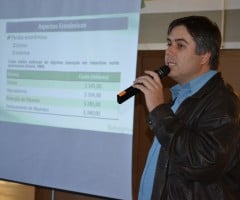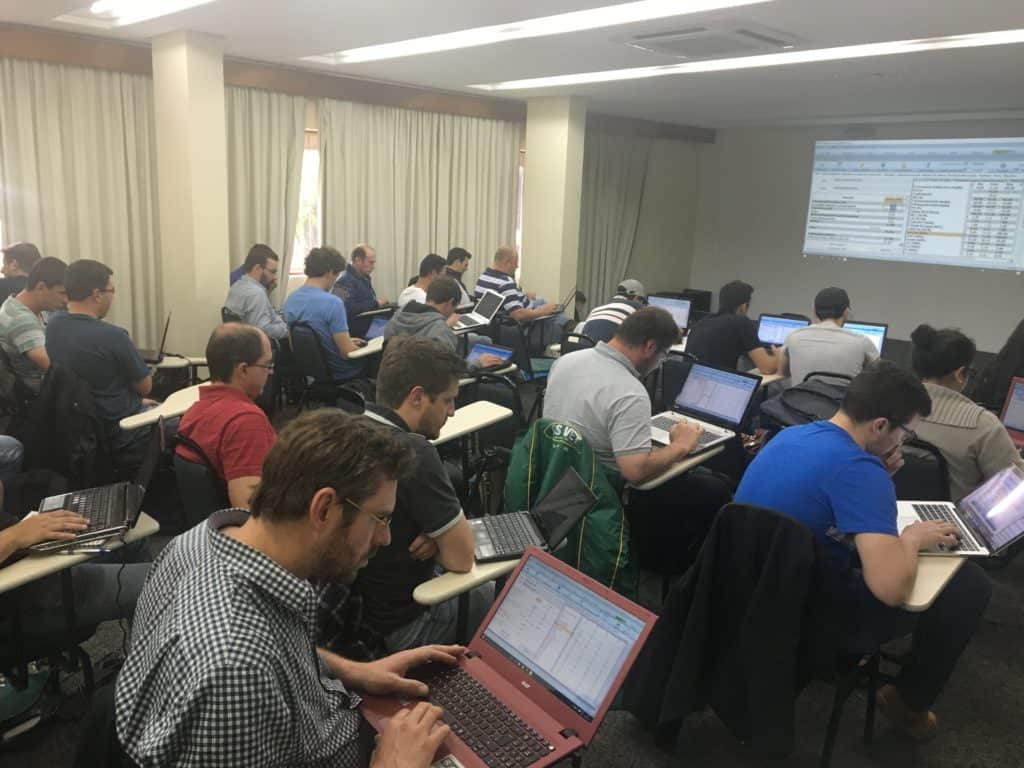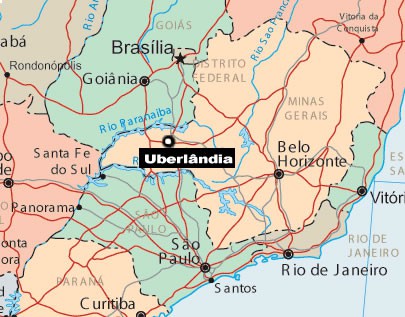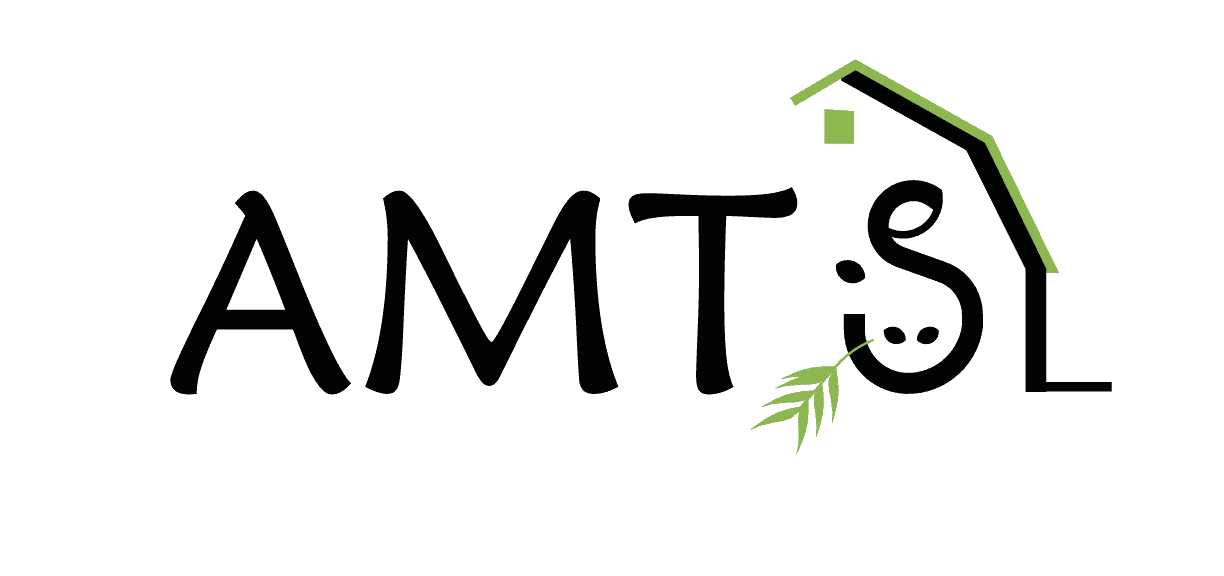 Two of our busiest academic users are Dr. Sergio Rubens Soares and Dr. Bolivar Nóbrega de Faria in Brazil. . In their positions as Professors in Rehagro – Recursos Humanos no Agronegócio, they teach many of the nutrition classes in different states of the county. Over the last six months they have been responsible for setting up several classes. I have combined some pictures and information Bolivar sent to us.
Two of our busiest academic users are Dr. Sergio Rubens Soares and Dr. Bolivar Nóbrega de Faria in Brazil. . In their positions as Professors in Rehagro – Recursos Humanos no Agronegócio, they teach many of the nutrition classes in different states of the county. Over the last six months they have been responsible for setting up several classes. I have combined some pictures and information Bolivar sent to us.
Now, we have two nutrition of dairy cattle courses in progress, one in Passo Fundo and other in Uberlândia. Our courses have 15 to 18 months’ duration. The first three months we teach about the requirements and physiology of dairy cattle. After that, we have the management of nutrition in different phases, like transition cow, calves, heifers, pasture, etc. During this period, we use the AMTS program. We use AMTS for one year in classroom.
At the end of the courses the students need to make a nutrition program for a real dairy farm in Brazil. They collect the most important farm numbers and make the project with all diets of the animals. They also do the economic evaluation projecting farm results for next three years. When they have completed the project, they need to defend to us.

In June, they were teaching in Minas Gerais, specifically in Uberlândia, an important section of this state. Bolivar provided us with the following information about farming in region of Uberlândia.

In 2014 the milk production in Brazil was about 35 million tonnes. The Minas Gerais production was 30% of this volume and the region of Uberlândia represents 23% of the production in Minas Gerais. The value of this region of this area is growing because they are important area of agriculture (growing corn, soybean, sugar cane, and coffee). Dairy farms vary—we don’t have a specific system of production and breed. We can see farms with animals housed in free stalls and others primarily on pasture. The most important breeds are Holstein and Girolando (Gir X Holstein crossbreed). Dairy farmers can use pasture, corn silage, sugar cane, soybean meal, cotton seed, etc. in their diets. Dairy nutrition requirements are calculated via the NRC (2001) or the CNCPS model. We use AMTS.Cattle.Pro to teach nutrition balancing to groups of undergraduate and post graduate students.

The most important health problems on dairy farms are acidosis, lameness, mastitis, and hypocalcemia. The area is very hot and the cows are under heat stress for long periods in the year. Because this, we have a lot challenges to the Uberlândia dairy sector, and using the AMTS nutrition model can help us to minimize these problems.
Bolivar also shared information and pictures of a group working in the program from the Veterinary school of Universidade Federal de Minas Gerais. Our next blog will focus on information about that class and University.
